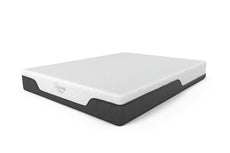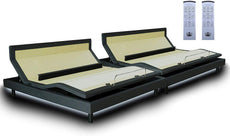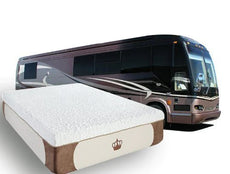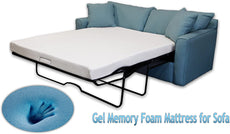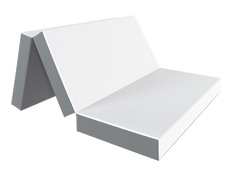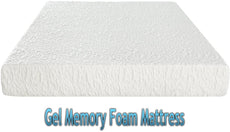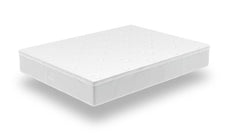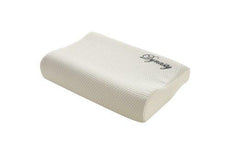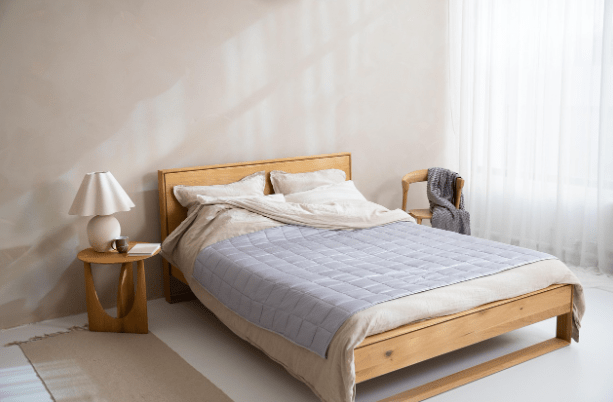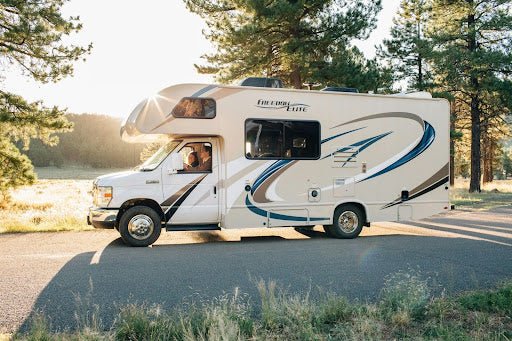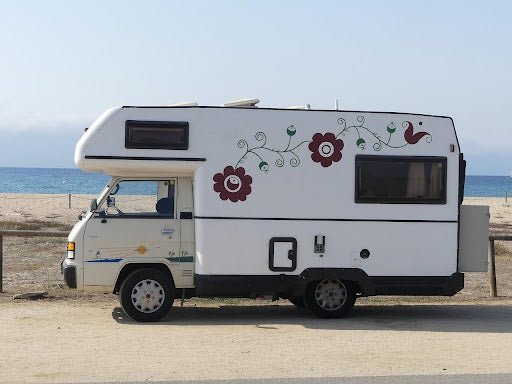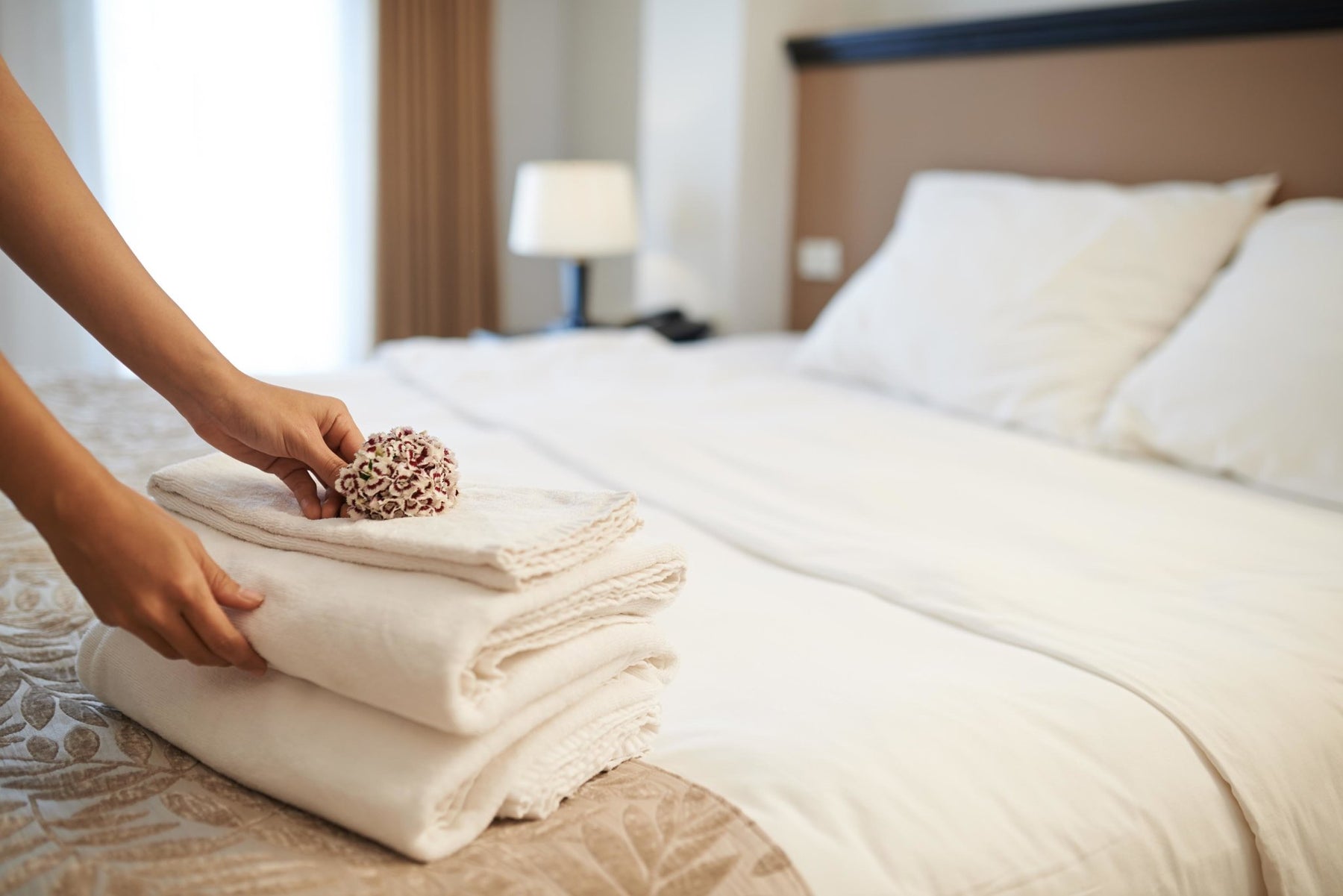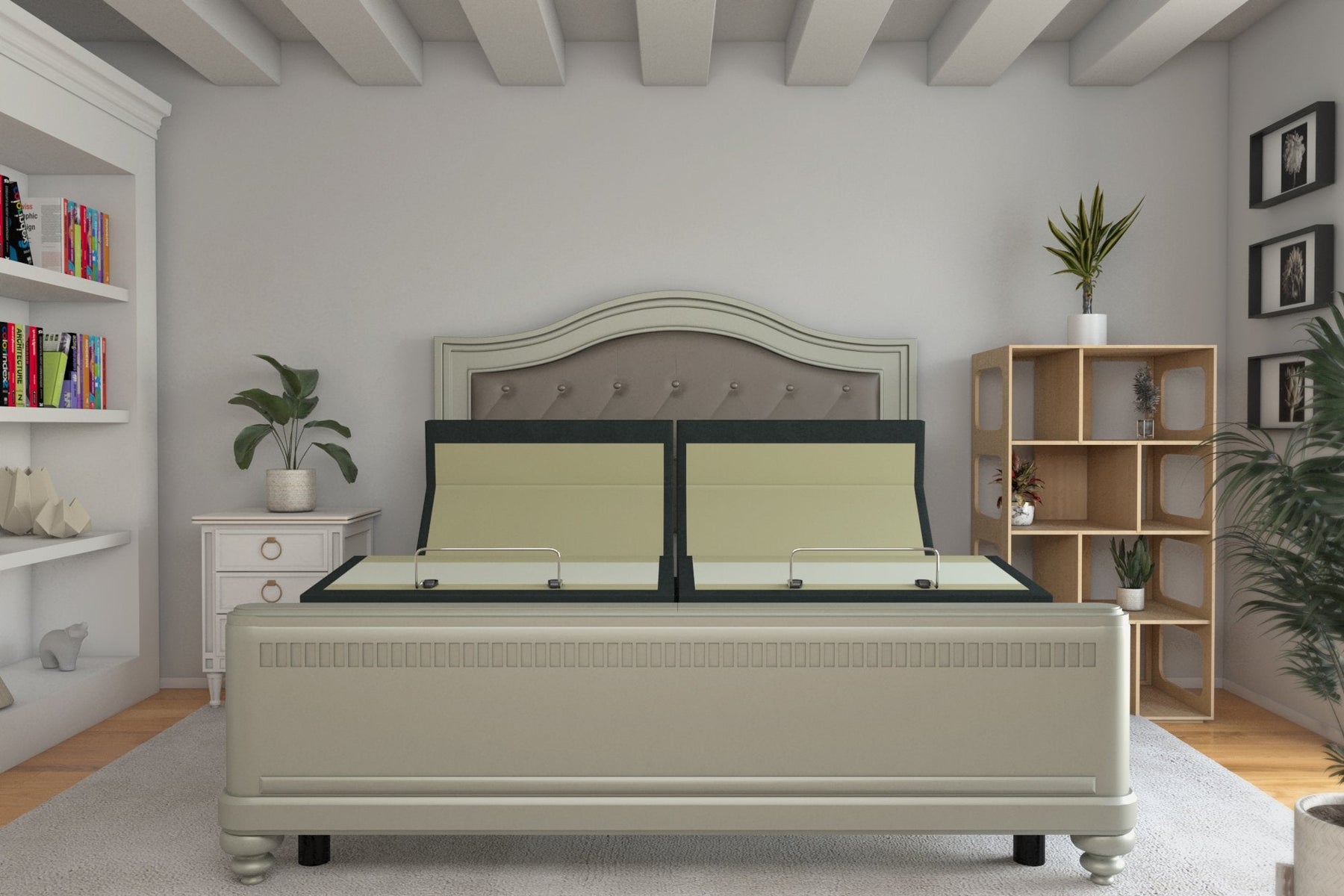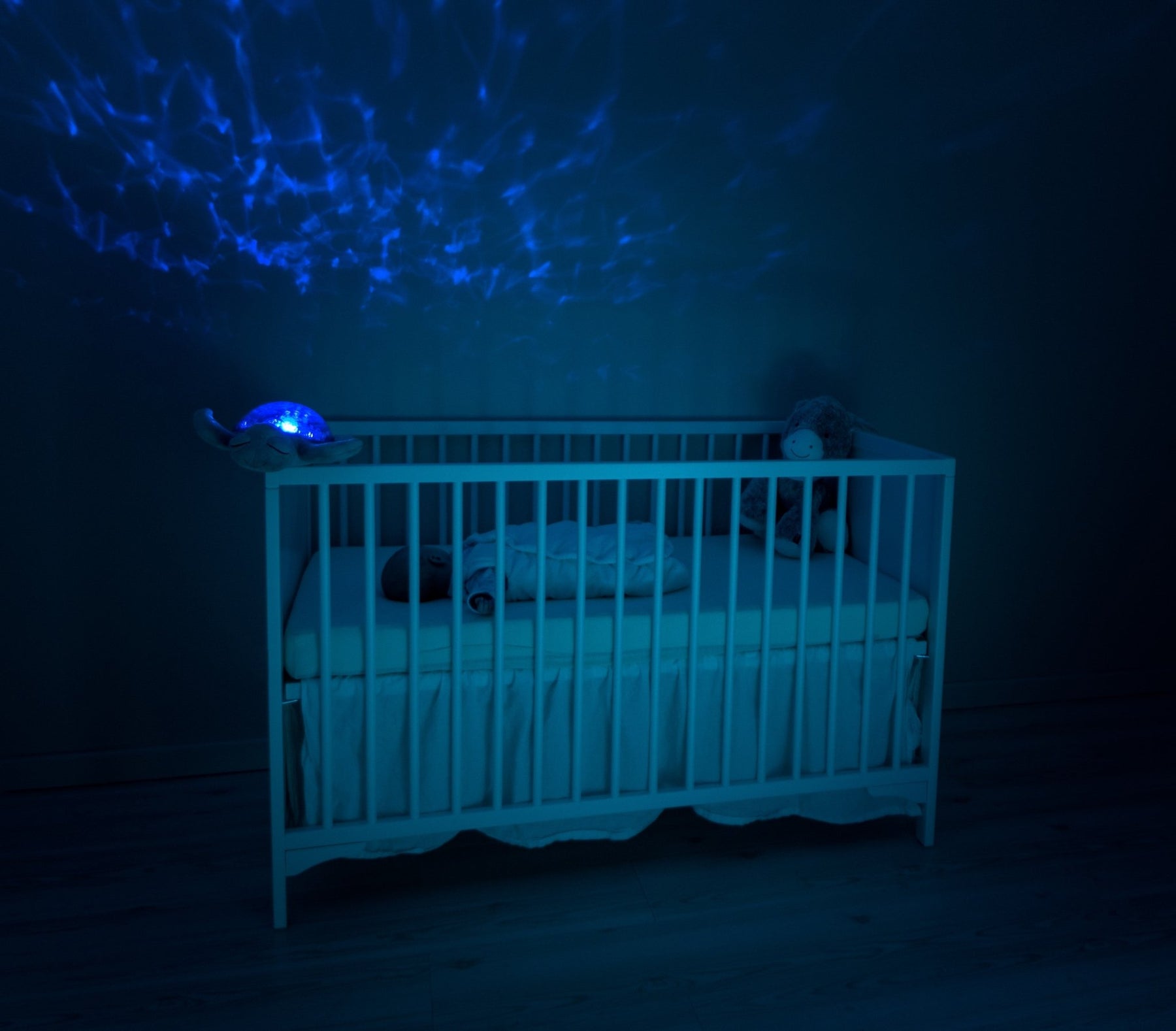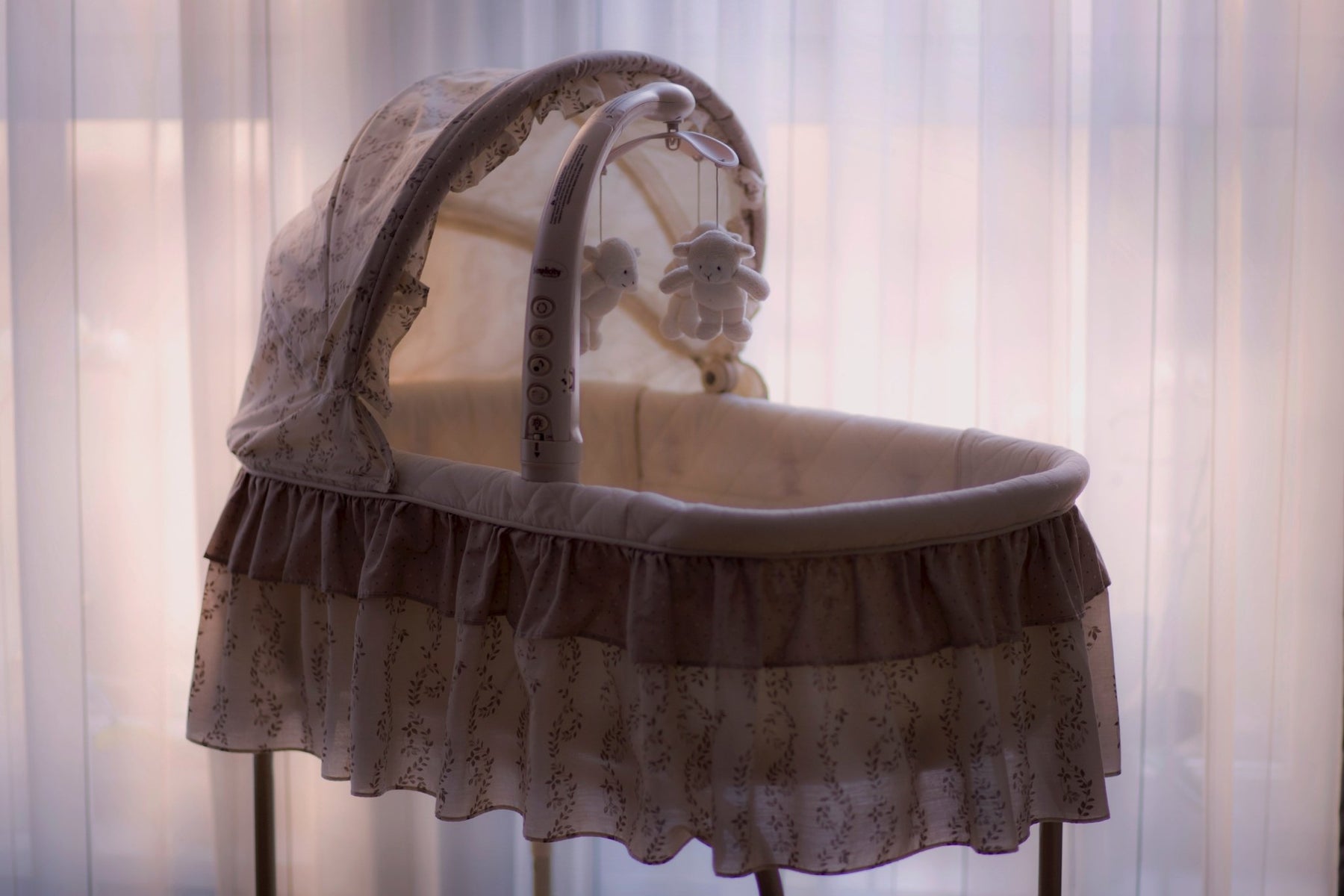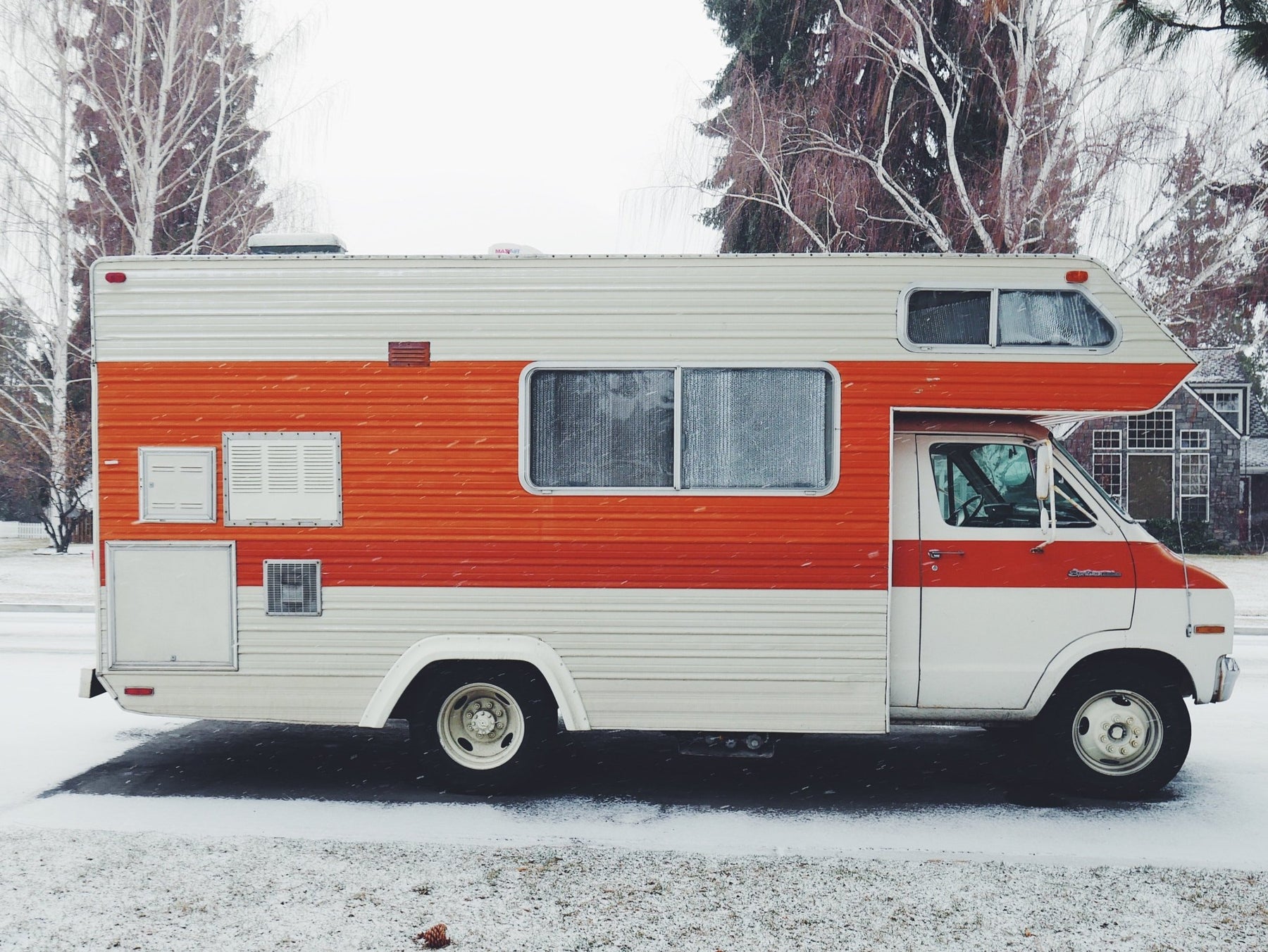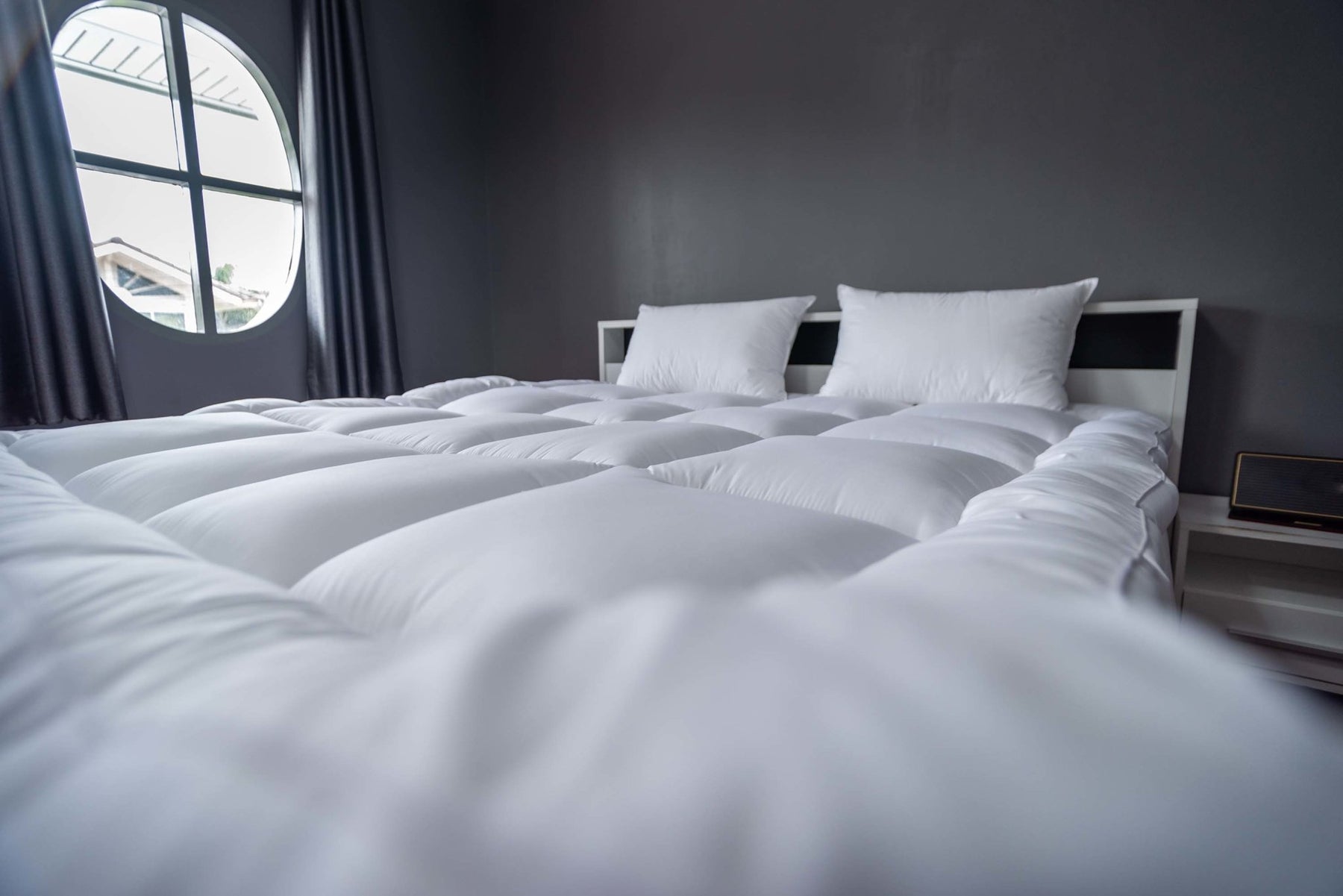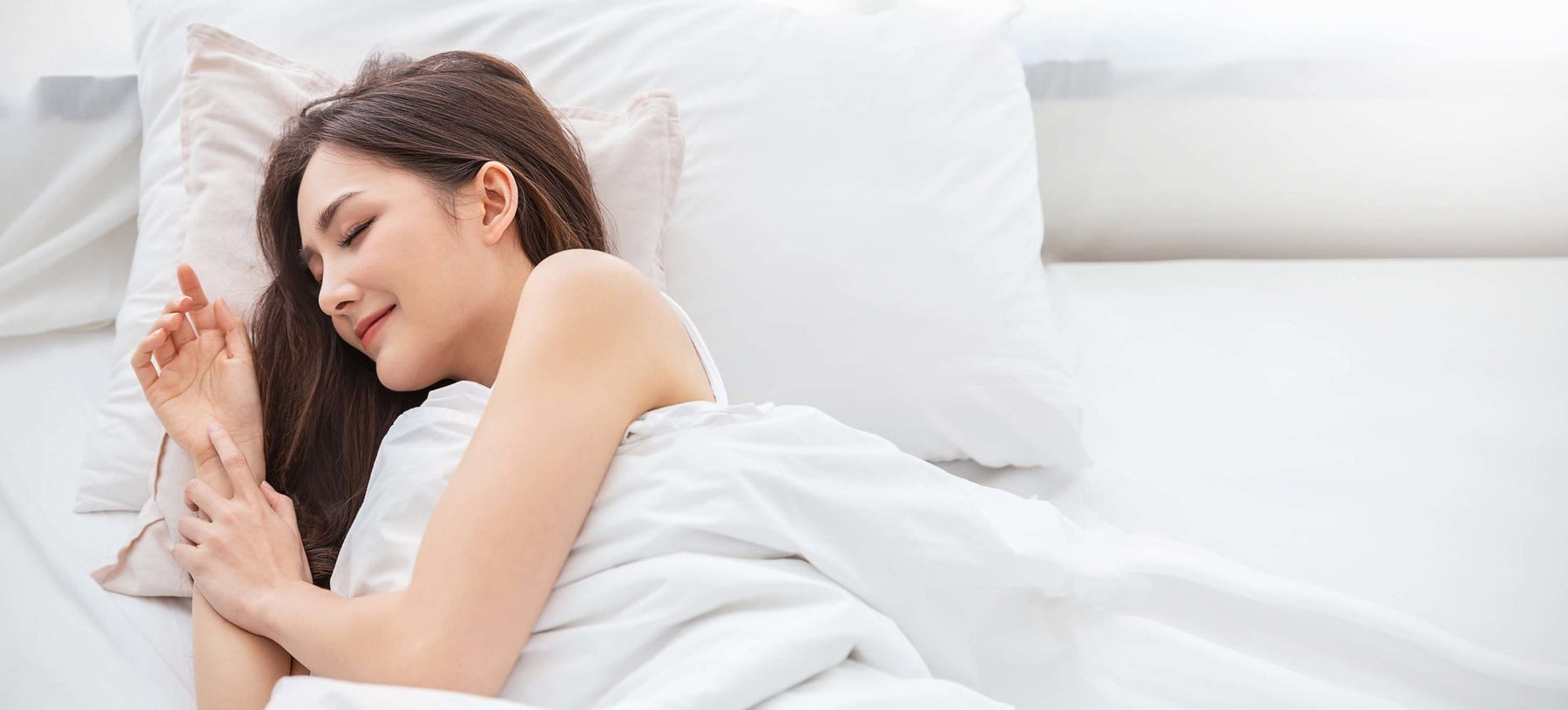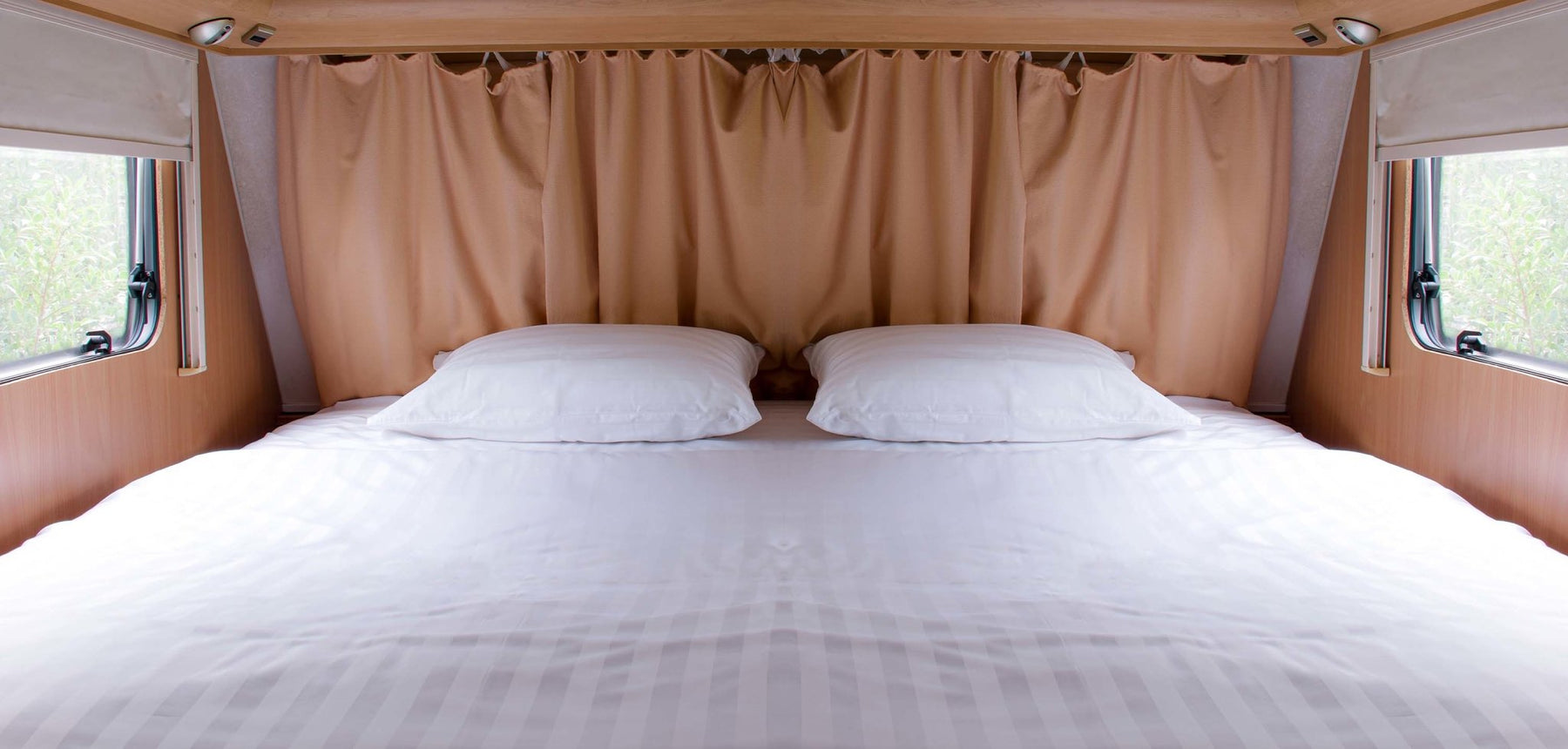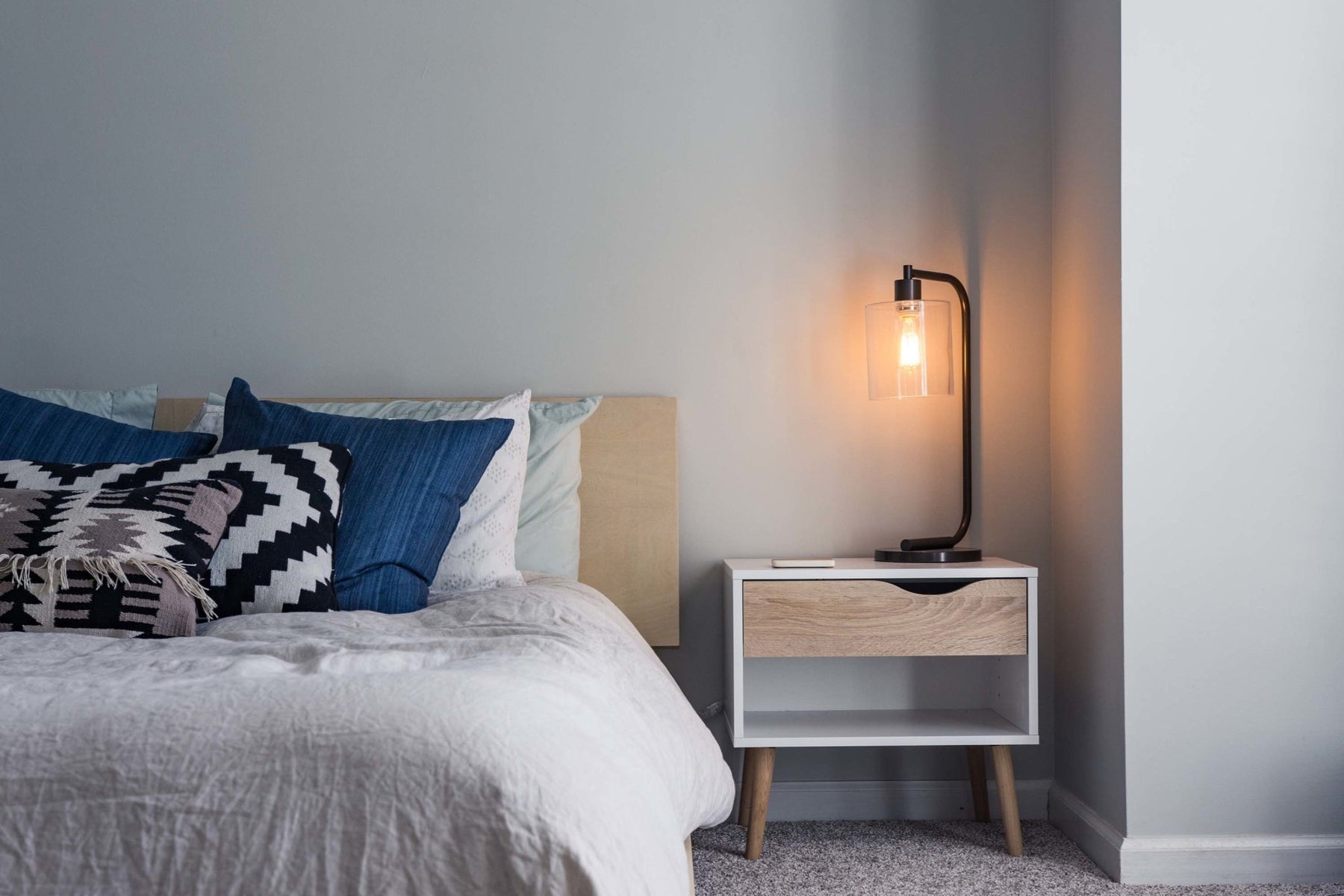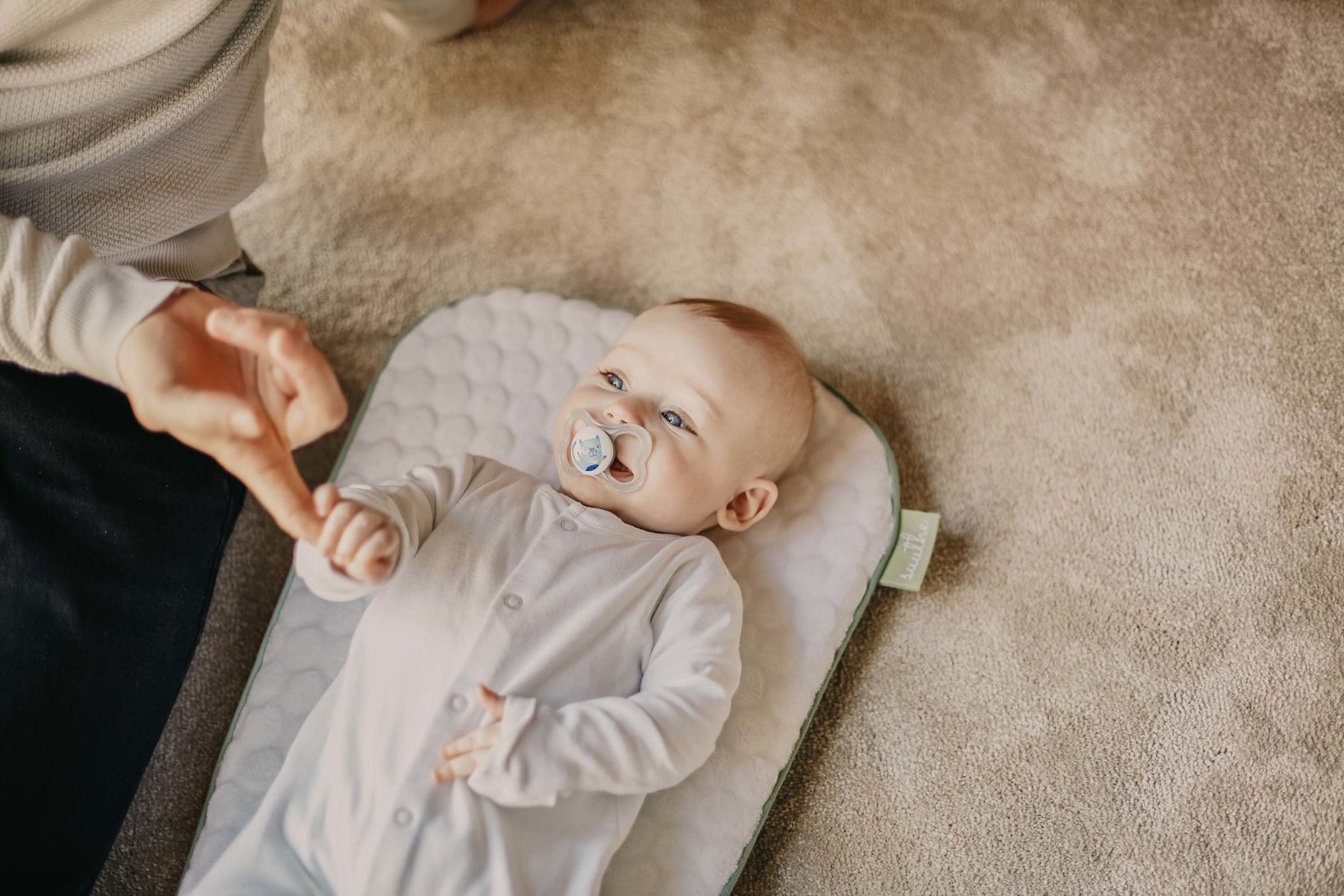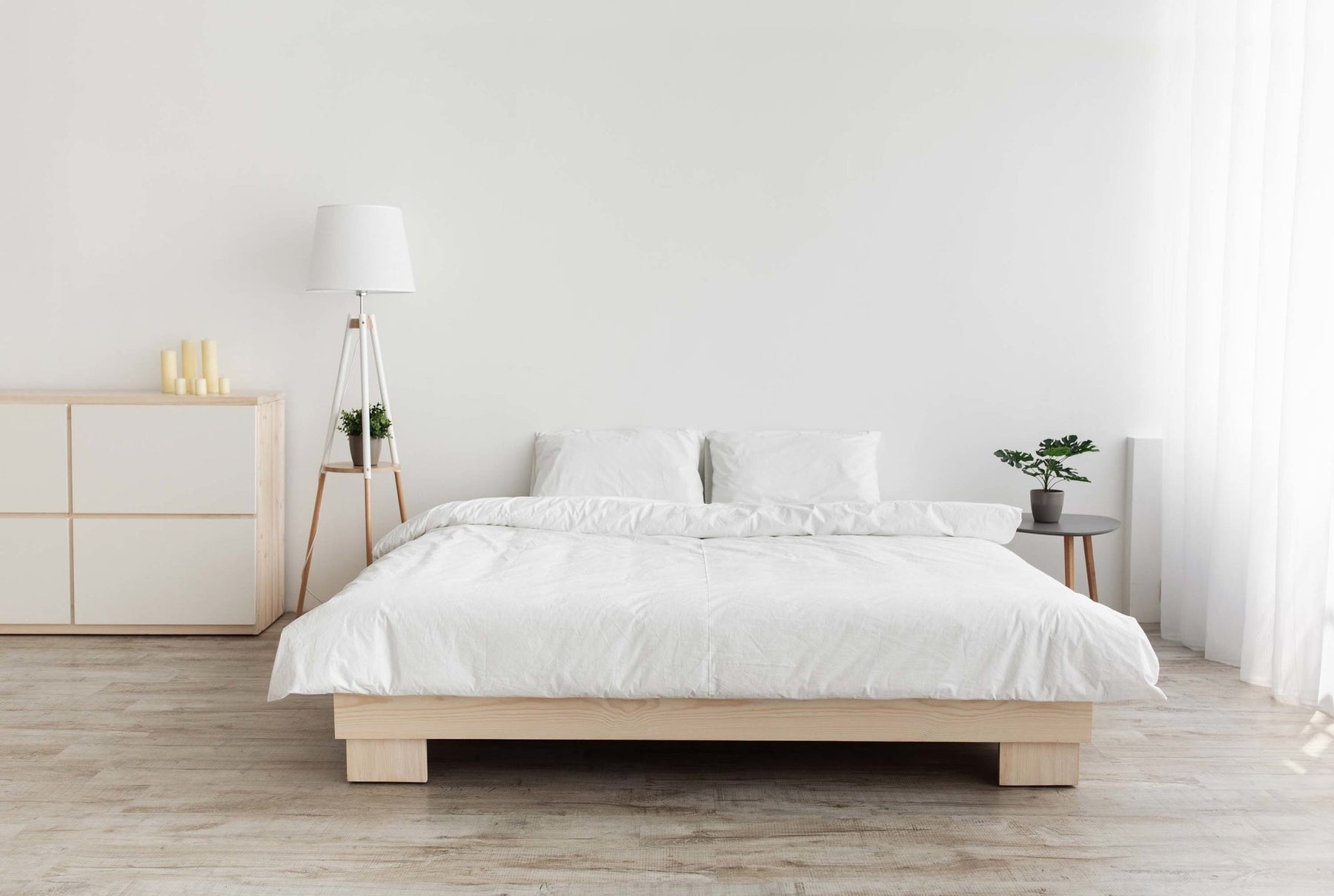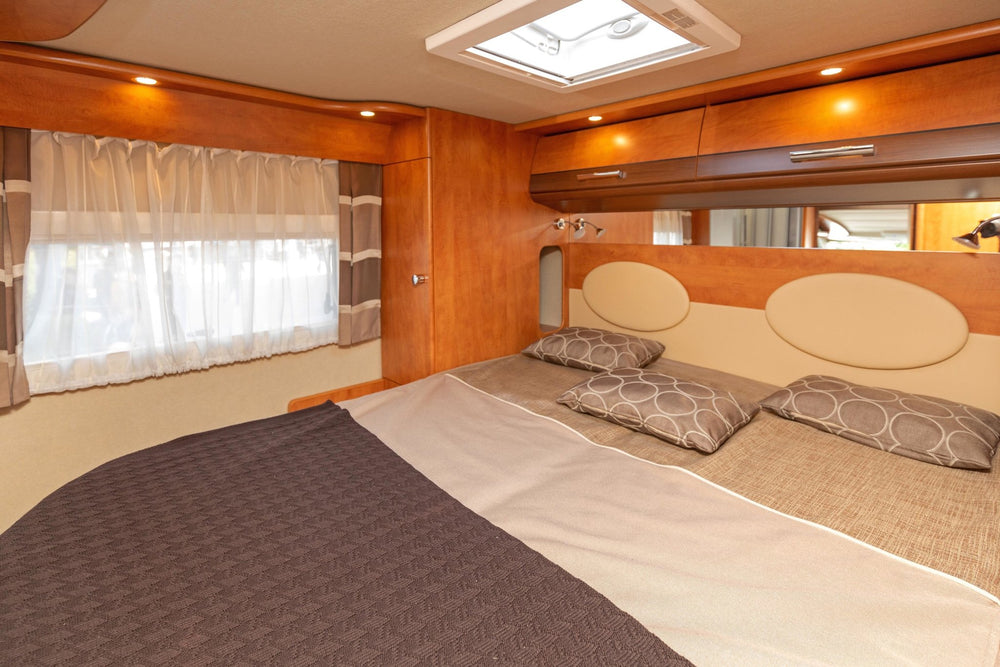
The Pros and Cons of Memory Foam vs. Innerspring RV Mattresses
Standard RV mattresses - the ones that come with your RV - are rarely sufficient for comfortable, restorative sleep. So, if you want quality sleep, you’re going to need a new RV mattress.
Two of the most popular RV mattress types you’ll come across are memory foam and innerspring. Though you might have heard that both mattress types will give you the best sleep ever, there are several important things to consider before choosing one.
In this article, we’ll share with you the pros and cons of each mattress type and what makes each of them unique. We’ll also help you choose the right one for you. Let’s get into it!
What is a Memory Foam Mattress?

A memory foam mattress is any mattress made of memory foam. But it’s a little more complicated than that, as there are several types of memory foam, and every memory foam mattress is unique.
But, on the whole, the average memory foam mattress has one or two layers of soft memory foam at the top and firm, supportive memory foam at the bottom.
The supportive memory foam helps to ensure that you don’t sink too far into the bed. It also enhances the longevity of the bed by making it more durable overall.
Memory foam mattresses are delightfully soft and they conform to the body for absolute comfort.
Types of Memory Foam
There are several types of memory foam you should know about:
- Traditional polyfoam - It’s the cheapest and most commonly used memory foam. It’s made of polyurethane that’s been through chemical processing to give it a softer feel and conformative properties.
- Gel memory foam - Gel memory foam is like traditional memory foam, but with the addition of gel beads or pods that help with temperature regulation. They come in handy for people who get hot as they rest.
- Open cell memory foam - Open cell memory foam is designed with small air pockets that enable free airflow through the mattress.
Pros and Cons of Memory Foam Mattresses

Now that you understand the basics of memory foam mattresses, it’s time to look at things a little deeper. Here, we’ll review the main pros and cons of memory foam mattresses.
Pros
- Extreme comfort. Memory foam mattresses are among the most comfortable mattress types available. They envelop the body in softness and provide support where necessary. Memory foam mattresses also reduce pressure on your joints and spine, and this can translate to pain relief and better sleep overall.
- Low motion transfer. If you don’t sleep alone, we’re sure you’ve been disturbed by your partner getting into or out of the bed. It’s not pleasant and can tank your sleep quality. Since memory foam mattresses don’t transfer motion like other beds do, you won’t feel much when your partner moves around. Some memory foam mattresses are built so well that someone could bounce on the bed inches away from you without waking you up.
- Support for side sleepers. Side sleepers often have trouble with hip and shoulder pain - and sometimes back pain. It’s because of the pressure that some mattresses put on those areas. With a memory foam mattress, this won’t be a concern. You’ll enjoy restful sleep no matter what position you tend to sleep in, including on your side.
Cons
- Smell. Memory foam mattresses are associated with off-gassing. It’s a chemical-like odor that sticks around for a little while after setting up a memory foam mattress for the first time.
- Lack of cooling. Traditional memory foam mattresses are dense with little breathability. For that reason, they can be uncomfortably hot. For many, that won’t be a problem. But if you already tend to get hot at night, sleeping on a traditional memory foam mattress will only make things worse. Of course, open cell and gel memory foam mattresses remedy this problem.
What is an Innerspring Mattress?

Innerspring mattresses are those that incorporate springs or coils underneath a soft comfort layer. Innerspring mattresses were the first proper beds, and they remain popular today for their affordability and base-level comfort.
Types of Innerspring Mattresses
Innerspring mattresses come in several varieties:
- Pocket coils - Pocket coil innerspring mattresses are composed of a network of pocketed coils. These coils are individually wrapped and move mostly independently of each other. This reduces pain from pressure points and enhances the bed’s contouring abilities.
- Bonnell coils - Bonnell coils are a coil type that isn’t attached to neighboring coils. They provide many of the same benefits as the pocket coil and are great for full body support. You'll find that they won’t sag easily like other springs will.
- Continuous coils - These coils are linked. This gives them a more durable overall structure compared to other coil types. But they can be rough on the body, aggravating pressure points.
- Offset coils - Offset coils are interconnected coils that take on an hourglass shape. They are better for body contouring and very durable.
Pros and Cons of Innerspring Mattresses
The construction of innerspring mattresses varies a bit from innerspring mattress to innerspring mattress. But there are some general pros and cons to keep in mind before choosing this bed type for your RV.
Pros
- Temperature control. The interior of innerspring mattresses is open and unrestricted. And that means that air flows freely within. So, you’ll be cool and comfy all night temperature-wise.
- Support. Innerspring mattresses are great at providing support. This comes in handy for those who need extra support in a mattress - back sleepers and stomach sleepers, in particular.
- Bounce. Bounciness is a real benefit of innerspring mattresses for some. If you are someone who needs to move around a lot in bed, the bounciness and responsiveness of an innerspring mattress can make it easier to do.
Cons
- Body pain. Innerspring mattresses often have pressure points that can put undue pressure on your back and joints. So, if you are prone to aches and pains, an innerspring mattress can make them worse. There are also instances where this mattress type can cause new body pains. Note: Pocketed coils aren’t as likely to have this effect.
- High motion transfer. When you drift off on a high motion transfer innerspring mattress, you may be disturbed when your partner gets into or out of the bed. And if the bed’s construction is poor, you might even be startled when your partner simply changes positions. This can negatively affect the quality of your sleep.
Memory Foam vs. Innerspring RV Mattresses
With all of that understood, we’re ready to look at memory foam and innerspring mattresses side by side. Here, we’ll look at memory foam vs. innerspring RV mattresses so you can get a clear picture of how they stack up.
Contouring Abilities
When it comes to contouring abilities, memory foam mattresses are king. The viscoelastic foam they’re composed of reacts to your body heat and envelops you in softness and luxury. You just don’t get that with the average innerspring mattress. With more expensive innerspring mattresses, you may get a little bit of contouring - but not as much as you would with a memory foam mattress.
Cooling Abilities
Memory foam mattresses are ideal for contouring comfort, but innerspring mattresses win in temperature regulation and cooling. That is, if you’re comparing them to traditional memory foam mattresses. Open cell and gel memory foam mattresses are very cool to sleep on.
Responsiveness
Responsiveness is not big with average memory foam mattresses. Conversely, with innerspring mattresses, you get a ton of responsiveness and bounce.
Pressure Point and Joint Pain Reduction
One of the most important aspects of a mattress is its ability to alleviate pressure. Memory foam mattresses are built for the job - they are constructed in a way that melts away the pain of the day. Innerspring mattresses may feel nice to some, but sleeping on the average one long-term can cause chronic pain because of the pressure the coils put on your body.
Cost
Memory foam mattresses command a higher price tag than innerspring mattresses in just about every case.
Longevity
Innerspring mattresses have the shortest lifespan out of all mattress types. Memory foam mattresses fare much better in this area - they last around 10+ years. And the best quality ones can last for several decades.
Memory Foam or Innerspring? Which One is Best for You?

As you may have gathered, memory foam and innerspring RV mattresses come with both benefits and drawbacks. So, we don’t blame you if you’re still not clear on which mattress type is best for you. Here, you’ll get some insight on whether memory foam or innerspring is your best bet for your next RV mattress.
Memory foam mattresses are best for those who:
- Value a mixture of comfort and support, rather than one or the other.
- Have the funds to buy a quality memory foam mattress.
- Are regularly disturbed by their partner in bed and would rather not be.
- Sleep on their side. Though memory foam mattresses can be used by all sleepers depending on the comfort rating, side sleepers are most likely to benefit from memory foam mattresses over innerspring mattresses.
- Deal with body aches and pains or would like to prevent them.
Innerspring mattresses are ideal for those who:
- Don’t have the funds for a high-quality mattress.
- Prefer a bouncy mattress over one that they’ll sink into.
- Sleep hot. The average innerspring mattress is cool and has good airflow.
So, there you have it - a clear comparison between memory foam and innerspring RV mattresses. We hope you found all the information you were looking for, and we wish you the best as you shop around for your next RV mattress.
Other articles you may like
0 comments
